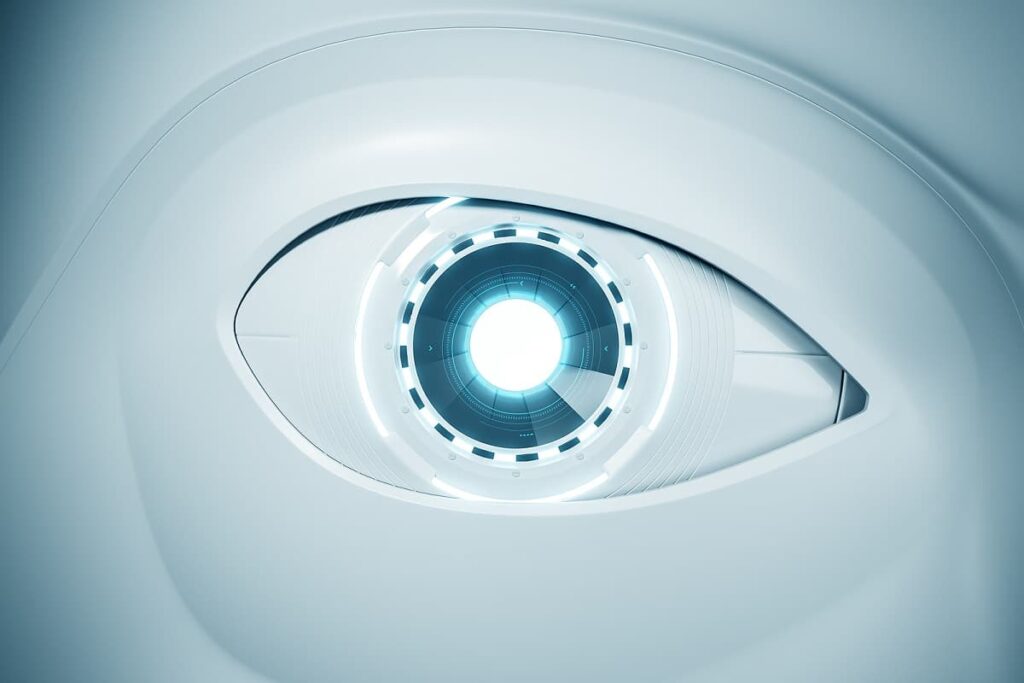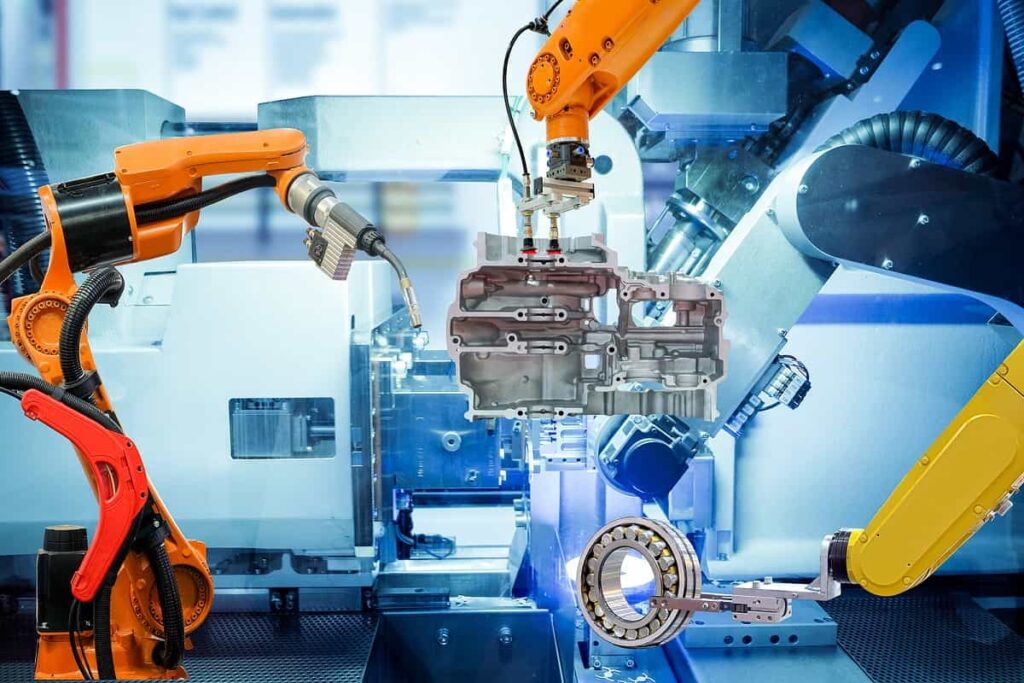Biometric Authentication Provides Body of Evidence
Table of contents

If you’re as plugged in as we are, then you probably have something like 150 online accounts. That means you probably have 150 variations of the same half-dozen login names and passwords. And chances are, you’ve gotten a message from a friend in the last few months telling you that it looks like you got hacked again, after he received email spam to enlarge an embarrassingly small body part. Well, we think the days of the alphanumeric password are numbered. The age of biometric authentication is dawning.
We first thought biometric authentication was another self-help yoga fad until we delved a little deeper. Rather, biometrics refers to a system that relies on measuring a person’s physical characteristics or behaviors as a means for unique identification. It comes from two Greek words, for those of you into language and stuff: bios meaning life and metrikos meaning measure.
Most of us are familiar with one of the oldest biometric systems. Fingerprinting has been around since the early 20th century. Hand geometry, a biometric that identifies a person by the shape of his hand, has been in vogue with high-tech security and spy movies since the 1980s. Again, largely thanks to Hollywood, most of us are also probably aware of eye recognition, another type of biometric authentication that scans the unique structures of the human eye such as the iris.
And then things start to get a little freakier and Big Brother-ish. Thanks to the rise of artificial intelligence and machine vision, facial identification is a fast-rising biometric authentication technology. AI and natural language processing is also quickly improving voice recognition. Some of the newest biometric authentication systems are really starting to get at the heart of the matter. Vein recognition systems, for instance, use vascular patterns from a person’s hand as a personal identifier. At least one company out there goes straight for the heart, literally measuring your heartbeat. (That one gets our vote for the best Zombie Apocalypse security measure.) Even the human ear, it turns out, can be used for biometric authentication.
And here’s something else you might want to hear: According to research firm MarketsandMarkets, the biometrics market is expected to reach $24 billion by 2020. In the mobile market alone—think mostly fingerprint authentication at the moment—Juniper Research reported that within the next two years, more than 770 million biometric authentication applications will be downloaded per year, compared to just six million apps today.
We didn’t realize the rabbit hole that we were jumping down when we first started researching this topic, so we thought we’d give you a taste of some of these biometric authentication systems by highlighting a few startups and companies.
EyeVerify


The company claims the encryption is equivalent to a complex 50-character password and is 99.9 percent accurate. It even works if you’re hungover with bloodshot eyes. The AI-powered algorithms search for strong vein patterns and micro features in and around the eye. When your eyes are bloodshot you don’t actually grow new blood vessels; they’re just more pronounced. So drink and bank to your heart’s content. The company recently announced inroads into the European market.
Nymi

Descartes Biometrics
Friends, Romans, countrymen, lend me your ear … for biometric authentication. Our apologies to Shakespeare, but we challenge the Bard to find a more interesting use of that line. Descartes Biometrics, based in Bellingham, Washington, uses a smartphone’s front-facing camera and a person’s unique ear features for authentication. The user simply lifts the mobile device to her ear—apparently, this is what people used to do with phones—and the mobile app scans, analyzes and matches the shape of the individual’s ear. Apparently, one well-known critic, a fellow known as van Gogh, was not overly impressed. We didn’t find any immediate information on company financials, and Descartes news webpage hasn’t been updated since 2015.
Nuance Communications and BioCatch

Last month, Nuance announced a partnership with Israeli startup BioCatch. Backed by $11.6 million, with $10 million from VC funds in 2014, BioCatch uses more than 500 metrics to authenticate an individual through human-device interaction. The company explains that its platform creates a unique identifier based on everything from which hand a person favors and muscle usage to geolocation and navigation behavior. It can even spot malicious bots.
Here’s an article we wrote on BioCatch if you’re interested in reading more about their fascinating technology.
TypingDNA
Another company in the behavioral biometrics authentication space, Typingdna is a Romanian startup that uses AI algorithms to develop a unique user profile based on the way you type on a keyboard. It was founded in 2016 with an undisclosed seed round from a local VC firm. The company claims its AI engine is 99 percent accurate and improves over time as it gets more familiar with a user’s typing behavior. Typingdna is aiming to be more than another biometrics security company. It is researching what other traits may be detectable based on a user’s typing behavior. That includes trying to learn about a person’s gender, age, IQ, openness and even personality by how they stroke a keyboard, according to a story in PC World.
Update 01/06/2020: TypingDNA has raised $7 million in Series A funding for the build-out of its developer support network and tools to integrate its services with popular web development tools. This brings the company’s total funding to $8.8 million to date.
HYPR


There is even a HYPR-2 platform for the Internet of Things, which embeds the biometric authentication into smart devices, including cars, home security, and even medical devices. Trust us, you don’t want your pacemaker hacked.
Update 04/22/2021: Hypr has raised $35 million in Series C funding to bolster its go-to-market strategy and grow its support organization globally. This brings the company’s total funding to $67.1 million to date.
Conclusion
So, get ready to ditch that Xcel spreadsheet with your secret passwords and your favorite lanyard with the magnetic key card. Passwords are so passé. Look into the future and prepare to be scanned.
Sign up to our newsletter to get more of our great research delivered straight to your inbox!
Nanalyze Weekly includes useful insights written by our team of underpaid MBAs, research on new disruptive technology stocks flying under the radar, and summaries of our recent research. Always 100% free.














You missed London based iProov who superimpose an optical “watermark” over every log on to prevent spoofing and replay attacks against their facial verification biometric solution. Check out their website http://www.iproov.com for more onfo
Thank you for the heads up Peter! Face verification will be covered in a separate article. This article is about keyboard/session behavioral biometrics.